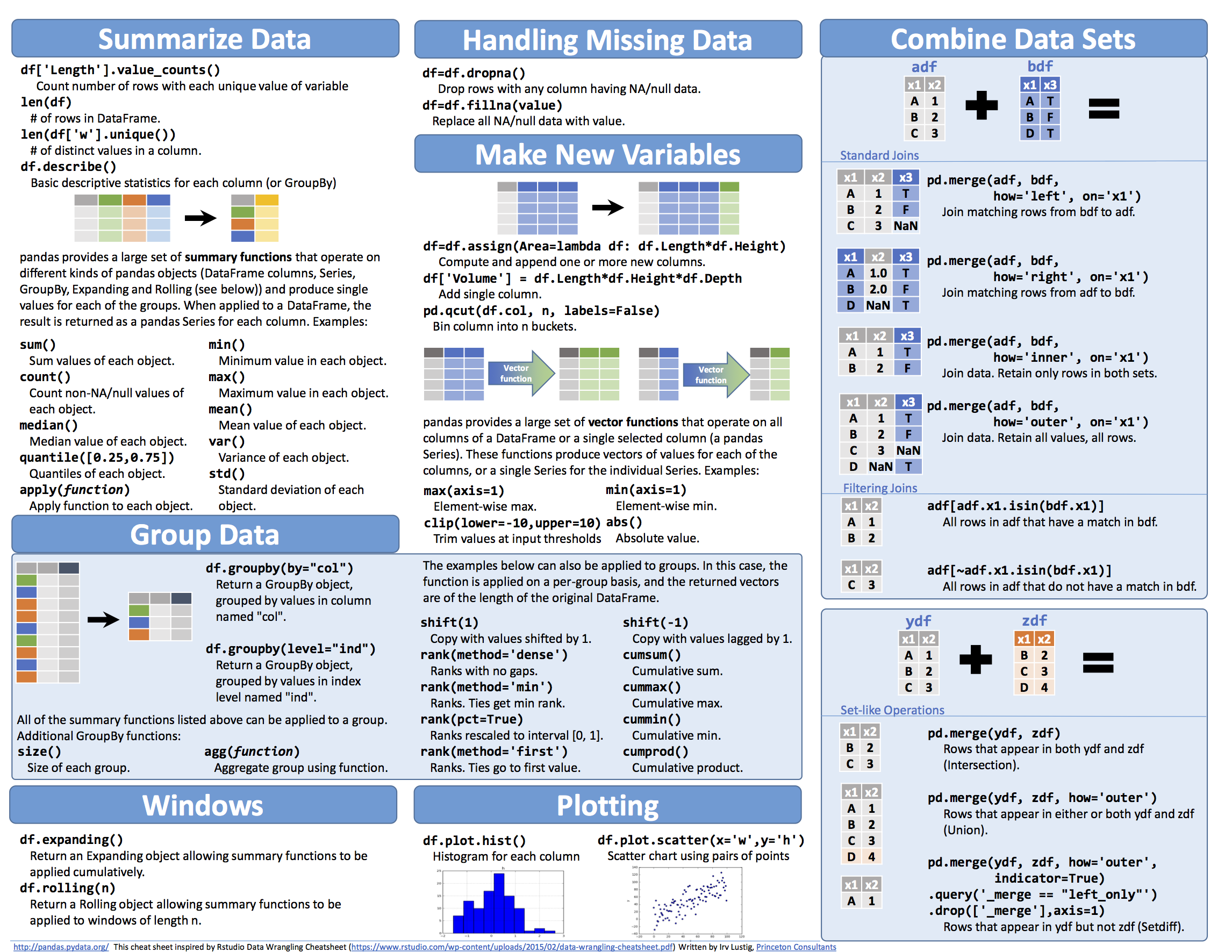
- #How to import numpy in python jupyter notebook how to#
- #How to import numpy in python jupyter notebook install#
- #How to import numpy in python jupyter notebook code#
Inferential Statistics, on the other hand, allows us to make inferences of a population from its subpopulation. Descriptive statistics refer to the portion of statistics dedicated to summarizing a total population.

Generally speaking, statistics is split into two subfields: descriptive and inferential.
#How to import numpy in python jupyter notebook code#
Make sure to run your code as you go along because many blocks of code in this tutorial rely on previous cells. If any output is expected, note that it will also be shown in this tutorial so you know what to expect. As with add button, once you’ve written each block of code in this tutorial onto your cell, you should then run it to see the output (if any). Jupyter Notebook doesn’t automatically run your code for you you have to tell it when by clicking this button. Lastly, there’s the “run cell” button (3). Throughout this tutorial, you’ll see lines of code blocked off - each one should correspond to a cell. These are the building blocks of jupyter notebook because it provides the option of running code incrementally without having to to run all your code at once. Cells are blocks of code that you can run together. I won’t give you directions as when you should do this - that’s up to you! The first button is the button you’ll use to save your work as you go along (1). In the image below, you’ll see three buttons labeled 1-3 that will be important for you to get a grasp of - the save button (1), add cell button (2), and run cell button (3). A Quick Note on Jupyterįor those of you who are unfamiliar with Jupyter notebooks, I’ve provided a brief review of which functions will be particularly useful to move along with this tutorial.
#How to import numpy in python jupyter notebook install#
Next, you’ll need to install the numpy module that we’ll use throughout this tutorial:Īnd BOOM! It should have opened up in your default browser. If you haven’t already, download Python and Pip. We’ll work with NumPy, a scientific computing module in Python. Let’s use Python to show how different statistical concepts can be applied computationally. This is because probability is the study of random events, or the study of how likely it is that some event will happen. More often than not, you’ll see courses labeled “Intro to Probability and Statistics” rather than separate intro to probability and intro to statistics courses. These “populations” are what we refer to as “distributions.” Most statistical analysis is based on probability, which is why these pieces are usually presented together. Statistics is a discipline that uses data to support claims about populations.
#How to import numpy in python jupyter notebook how to#
In this tutorial, we’ll learn how to calculate introductory statistics in Python.


While not all data science relies on statistics, a lot of the exciting topics like machine learning or analysis relies on statistical concepts.


 0 kommentar(er)
0 kommentar(er)
